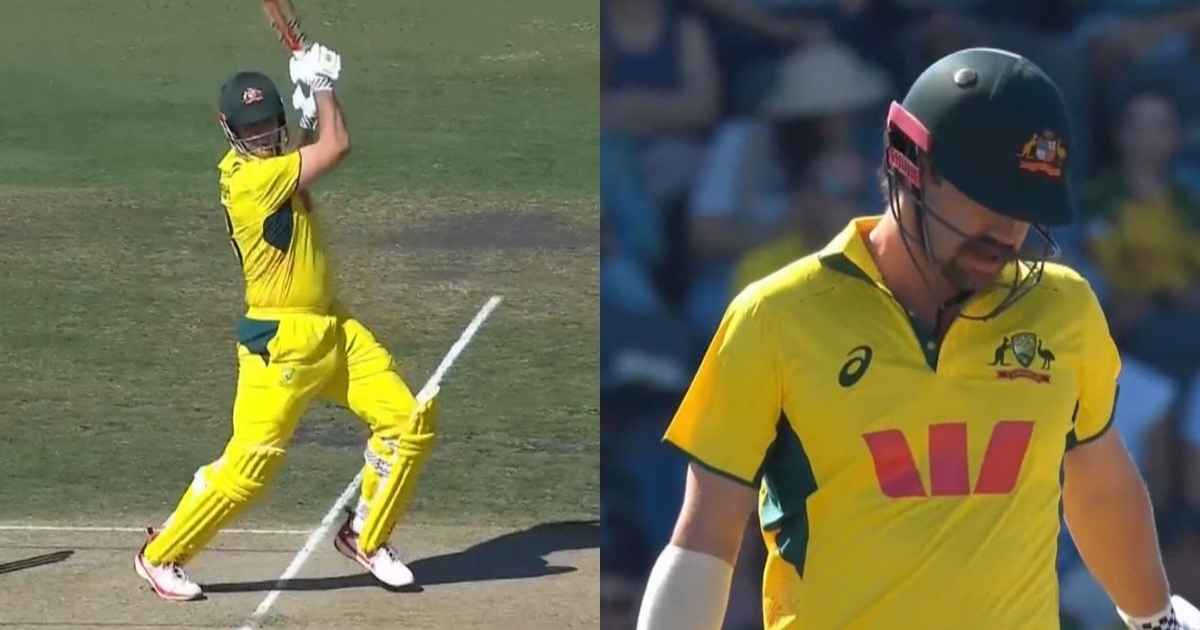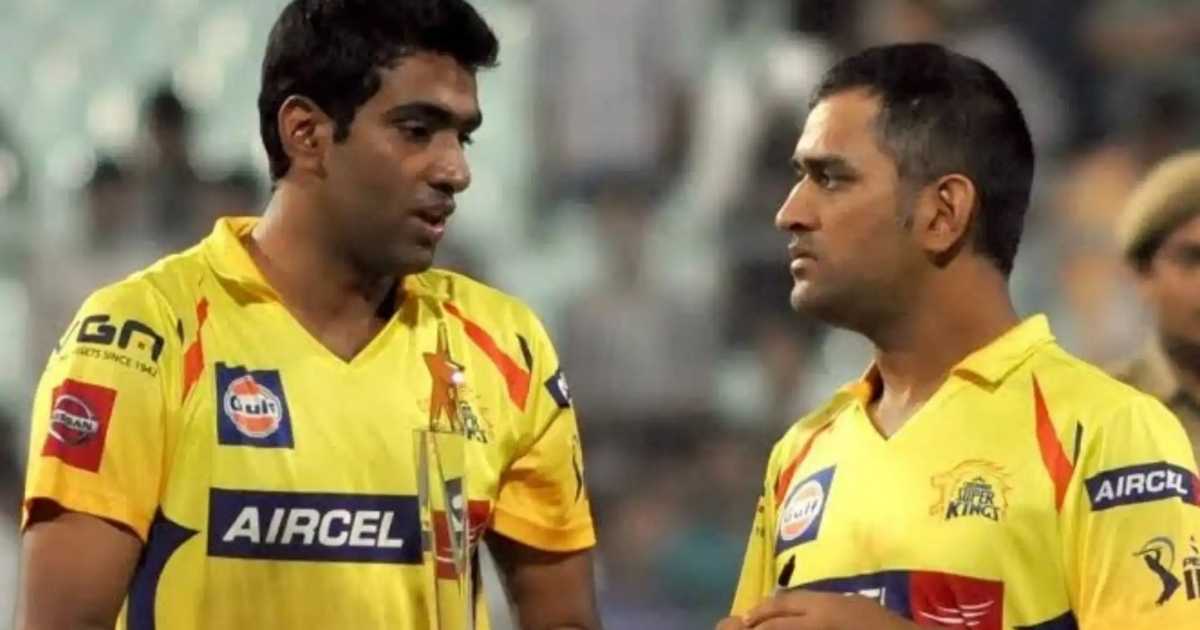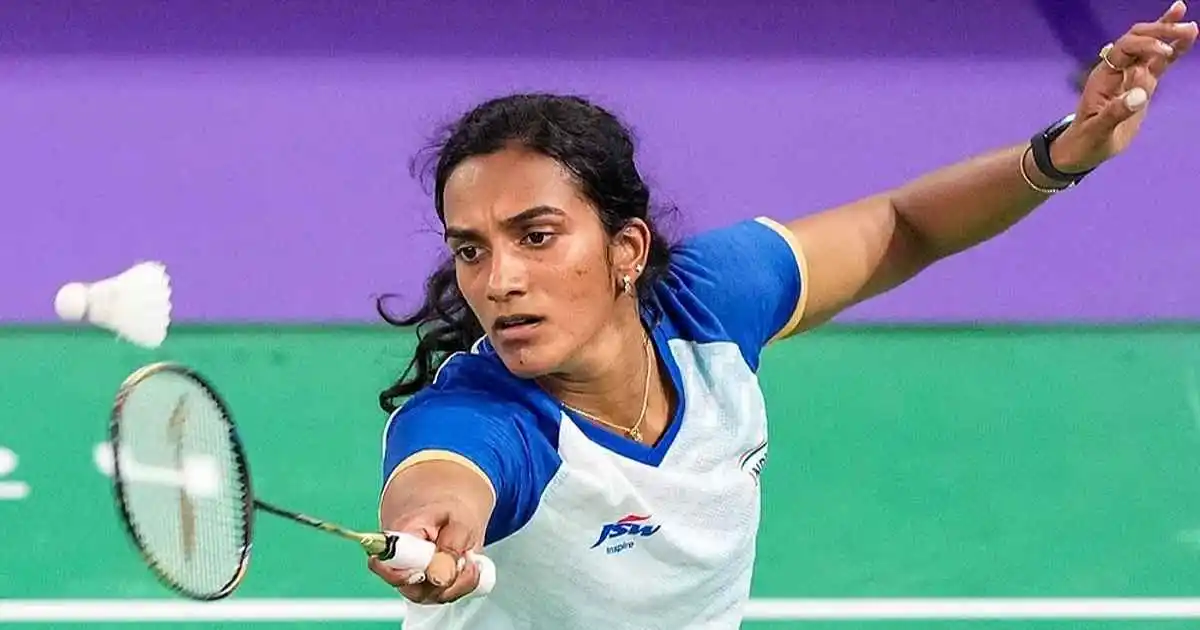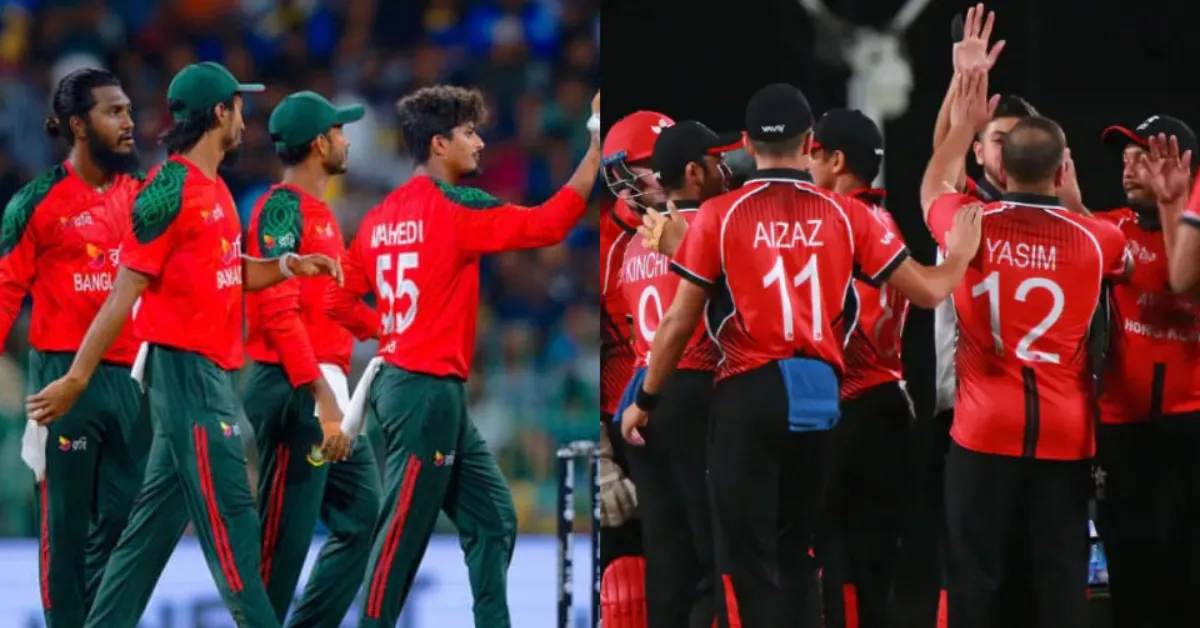Australia vs South Africa fixtures rarely disappoint. They blend high-intensity pace bowling, brave batting, and razor-edge fielding with tactical subplots that can turn a match within a handful of deliveries. Whether the format is ODI or T20, the common themes persist: aggressive new-ball bursts, dynamic middle-overs matchups, and a death phase that rewards clarity and courage. Central to Australia’s modern white-ball identity is Travis Head—an opener who sets the tone with fearless strokeplay and quick decision-making. This article offers a comprehensive, live-style guide to what to look for in an Australia vs South Africa clash, with a special focus on Head’s impact, along with matchups, pitch narratives, and FAQs to keep handy while following the game.
Table of Contents
Why Travis Head Matters in AUS vs SA
Travis Head is more than just a powerplay hitter; he’s a strategic accelerant. His first-10-over tempo often defines Australia’s batting blueprint.
- Momentum Maker: Head’s intent from ball one forces fielding adjustments, creates poor lengths from bowlers trying too hard, and gives his partner freedom to settle.
- Matchup Reader: Head looks for width against right-arm pace and uses short-arm pulls to negate back-of-a-length bowling, a common South Africa plan.
- Left-Hand Value: As a left-hander, he can disrupt off-spinners in the powerplay and change South Africa’s bowling sequencing early.
- Partnership Engine: Head’s aggressive starts often dovetail with stable accumulation from partners, creating a balanced scoring rate without undue risk.
If Head lasts the first 20–25 balls, the run-rate curve typically trends upward—and South Africa must recalibrate field placements and slower-ball plans.
Live Match Narrative: Phase-by-Phase Guide
Use this as a live companion while watching or following commentary—what to check, how to assess momentum, and where the game can pivot.
Powerplay (Overs 1–6 in T20; 1–10 in ODI)
- Australia’s Aim: Set a brisk scoring rate without excessive wickets lost. Head drives this effort with cuts, punches, and controlled aggression.
- South Africa’s Aim: Extract early movement and hit hard lengths. Expect right-arm quicks to test Head’s back-foot game with chest-high scramble seam and the occasional fuller trap.
- Metrics to Watch:
- Dot-ball percentage to Head in his first 12 balls
- Head’s boundary count in first 15–20 balls
- Control percentage (mistimed shots vs. clean contact)
- Wickets clumped in quick succession—if Australia loses two inside 25 balls, momentum swings
Consolidation and Middle Overs (ODI: 11–35; T20: 7–14)
- Australia’s Aim: Maintain 5.5–7.5 RPO in ODI or 8–10 RPO in T20 while preserving wickets. Look for Head to rotate strike, farm the shorter side, and target specific bowlers or overs.
- South Africa’s Aim: Change pace and length. Introduce cutters, cross-seam, and back-of-the-hand slower balls; use the tall quick to hit seam and the spinner to work on the big side.
- Matchups:
- Head vs. right-arm pace: width punished square; off-pace into the pitch can be effective if the surface grips.
- Head vs. left-arm pace: angle across can draw the slice; straighter lines can induce LBW/bowled if he plants early.
- Head vs. spin: watch his use of the crease. A well-placed mid-wicket and long-off/long-on can test his lofted hitting.
Death Overs (ODI: 41–50; T20: 15–20)
- Australia’s Aim: Launch with set hitters. If Head is still in, the final overs can stretch par by 10–20 runs.
- South Africa’s Aim: Yorkers mixed with wide lines beyond Head’s hitting arc. Field at deep square/third/manipulated ring to guard cuts and pulls.
- Key Indicators:
- Yorker execution rate
- False shots per over
- Boundary balls per over vs. dot balls
Read More: Levante vs Barcelona Live: Match Preview, Streaming, Lineups & Real-Time Updates
Tactical Battles That Decide AUS vs SA

New-Ball Attack vs Head’s Readiness
- South Africa’s pace pack wants early seam and bounce. Head’s counters:
- Stay leg-side of the ball to free arms square of the wicket.
- Early pick-up pull against short-of-length balls that bounce above hip height.
- Late cuts and glides if third is up early in powerplay.
Spin Choke vs High-Risk Rewards
- South Africa may hold a spinner for Head immediately after powerplay. Australia’s response revolves around Head’s footwork:
- Use the crease to turn good length into short.
- Target the shorter boundary with lofts over extra cover or mid-wicket.
- Accept singles on the bigger side, trusting the next over to attack.
Pace-Off vs Rhythm Disruption
- Expect off-cutters and back-of-the-hand slower balls to disrupt Head’s timing. The adjustment:
- Wait deep in the crease.
- Keep hands soft to place into gaps.
- Pre-meditate only when fields telegraph the slower ball (e.g., deep square/deep mid-wicket set early).
Australia’s Supporting Cast Around Head
- Aggressive Partner: A partner who rotates while Head attacks can stabilize. If both attack, South Africa can wait for a mistake; if one anchors, the innings gets shape.
- Middle-Order Executors: Australia’s mid-order will cash in on a fast start. Their role is to avoid double-wicket overs and exploit tired bowlers.
- Finisher Role: Power hitters at the back end elevate par if the platform is solid. The best finish follows a Head-driven start with wickets in hand.
South Africa’s Blueprint to Counter
- New-Ball Consistency: Hard length into the hip/upper ribs to cramp pulls, then surprise fuller ball on top of off.
- Smart Fields: Start with a packed off-side ring when swinging away. Move square leg back early if Head nails the pull.
- Spin Use: Post-powerplay spin to force mis-hits to long-on/long-off, alternate pace and trajectory to break rhythm.
- Death Bowling: Wide yorkers alternating with surprise bouncer. Keep the ball out of Head’s wheelhouse—full and straight only if execution is premium.
Pitch and Conditions: What to Infer Live
- Bouncey Surface: Helps South Africa’s quicks; Head’s back-foot game thrives if the pace is true, but two-paced bounce favors cutters.
- Dry/Worn Surface: Slower pace brings spin and cutters into play. Head must delay swing, favor placement, and accept singles to retain shape.
- Dew Factor (T20/ODI Day-Night): Dew eases chasing—expect the ball to skid, making pace-on shots more reliable. Bowlers go to yorkers/wide lines; spinners need quicker pace and flatter lengths.
Read More: Arsenal vs Leeds United Today Match: Lineups, Live Stream, Tactics, Score, and Analysis
Live-Streaming Pointers and Following Along
- Look for broadcast feeds that provide wagon wheels, pitch maps, and phase-wise stats. These visuals make it easier to track how Head is being bowled and how Australia is pacing their chase or build.
- If following text commentary, note the over-by-over narrative:
- Has South Africa changed length within an over?
- Are Australia’s batters targeting a specific side (short boundary)?
- Did a field change precede a wicket or boundary? This often reveals the captain’s read vs. batter’s adjustment.
Score Reading: What’s “Par” With Head Firing?
- T20: If Head survives 20 balls and strikes above 150, Australia can aim for 175–200 on balanced surfaces. Par shifts +10 if boundaries are short on one side.
- ODI: A Head-powered start at 6.0+ RPO in the first 10 can set up 300–340 if wickets are preserved through the middle. Two-paced pitches reduce par by 15–25.
How Head’s Dismissal Changes the Path
- Early Exit (inside first 15 balls): Australia must reset, lowering RPO to stabilize. South Africa can extend the hard-length plan and test new batters’ early intent.
- Middle-Overs Exit: Requires a handover—new batter must take 6–10 balls to assess. South Africa will squeeze with change-ups and catching men in the ring.
- Late Exit: If Head falls at the death after a platform, the finisher must avoid a two-dot start; look for strike rotation immediately, then the big swing last 2–3 balls.
Fielding: The Hidden Decider
- Australia’s Fielding Edge: Rocket arms on the ring save 10–15 runs in ODIs. If Australia nails run-out chances, South Africa’s chasing calculus changes.
- South Africa’s Catching: Two-paced surfaces create more miscued aerials. Conversion of half-chances is crucial to stop a Head avalanche.
Psychological Beats to Notice Live
- Silent Overs After Boundaries: If Head hits two fours and then faces a three-dot sequence, South Africa’s plan is landing—watch for a temptation ball.
- Double-Wicket Overs: Game-breakers. Australia must avoid. South Africa hunts them right after a boundary with a surprise change of pace.
- Captaincy Signals: Fine leg coming up, third man going back, or mid-wicket shifting a few steps can cue the next ball—anticipate the bowler’s intent.
Probable Playing XIs and Roles (Format-Agnostic Template)
Note: Exact XIs vary by format, venue, and fitness. Treat the roles as a live-reading framework.
- Australia
- Openers: Travis Head as aggressor; partner as rotate-and-support or co-attacker based on surface
- Middle Order: One stabilizer, one power accumulator
- All-rounders: Balance between seam-offers and spin-option
- Pace Battery: One hit-the-deck quick, one accurate new-ball swing/seam option, one death specialist
- Spin: One control spinner who can bowl in the middle and occasionally in the powerplay
- South Africa
- Openers: One enforcer, one accumulator; both adept at pace
- Middle Order: A power hub that can clear long boundaries
- All-round Options: Pace-off specialists and a spinner who can bowl to left-handers
- Pace Unit: New-ball movement, a tall enforcer, and a death-over craftsman
Live Scenario Playbook: If This Happens, Then What
- If Australia 50/0 after 6 (T20) or 60/1 after 10 (ODI):
- Expect South Africa to introduce slower-ball specialists and keep long-on/long-off straighter.
- Australia to promote a left-right combination to disrupt lines.
- If Australia 35/2 after 6 (T20) or 45/2 after 10 (ODI):
- South Africa can hold a slip longer and dare the new batter to drive on the up.
- Australia must prioritize strike rotation for 2–3 overs, then pick a particular bowler to target.
- If Head on 30 off 18:
- South Africa likely goes wider, pace-off, with third man and deep point well placed.
- Head’s best counter: let the ball come, use the depth of crease, and aim square, not straight.
Bowling to Travis Head: A Quick Handbook
- New Ball:
- Hard length on hip-line, surprise fuller one at off-stump
- Occasional wobble seam across off with a packed off-side ring
- Middle Overs:
- Into the pitch, 120–130 kph pace-off variations
- Spinner on with long-on/long-off straighter, deep square in place for the slog-sweep/pick-up
- Death:
- Wide yorkers beyond reach, surprise short ball around shoulder height
- Never predictable—change release speed and angle
Batting with Travis Head: Partner Principles
- Don’t mirror aggression blindly; keep the scoreboard ticking to stabilize risk.
- Call loudly and early—Head’s sharp singles pressure misfields.
- Be boundary-alert to the short side; if Head is targeted with wide lines, partner can access straighter boundaries.
Coach’s Corner: Micro-Goals by Over
- T20
- Overs 1–2: Low-risk assessment with intent; punish width
- Overs 3–6: One targeted over for 12+ to set the tone
- Overs 7–14: Keep 8–9 RPO with low dots; one spin over for a mini-surge
- Overs 15–20: Two overs to launch; guard against double-wicket overs
- ODI
- Overs 1–10: 5.5–6.5 RPO with ≤1 wicket lost ideal
- Overs 11–25: Milk pace-off; one big over each mini-phase (11–15, 16–20, 21–25)
- Overs 26–40: Accelerate with set batter; avoid soft dismissals to fielders on the rope
- Overs 41–50: Back-end launch with defined roles (finisher vs. runner)
Frequently Asked Questions (FAQ)
- Q: Why is Travis Head so influential in Australia’s white-ball starts?
A: He accelerates early, forces field changes, and creates favorable matchups for partners. His ability to score square of the wicket and punish width destabilizes new-ball plans. - Q: What plans typically work against Head?
A: Hard length into the body, disciplined wide yorkers at the death, and pace-off with well-set deep square/third man can curb his scoring channels. - Q: How does the pitch change the Head vs South Africa battle?
A: True pace with bounce helps his back-foot strokes, while two-paced or dry surfaces elevate the value of cutters and spin, requiring him to delay swing and prioritize placement. - Q: What’s a good powerplay for Australia when Head opens?
A: In T20s, 50+ with at most one wicket down; in ODIs, 55–70 for one down sets a stable platform. - Q: If Head falls early, what’s Australia’s best move?
A: Slow the rate marginally, rebuild with rotation for a few overs, then target the weakest fifth bowler or an over with fielding misalignment. - Q: How can South Africa flip momentum quickly?
A: Double-wicket overs using surprise pace change, or a burst from the tall quick exploiting bounce with a catcher in the ring for a mistimed punch. - Q: What should viewers look for to predict a swing in momentum?
A: Field changes before the ball, dot-ball clusters after a boundary, and the introduction of a pace-off specialist immediately after a short burst of fours.
The Essence of Head’s Influence
When Travis Head owns the first 20 balls, Australia often owns the narrative. The runs are one thing—the shift in field, tempo, and pressure is another. He doesn’t just score; he changes the questions South Africa must answer.
Read More: MG Windsor EV 2025 Price, Launch Date, Features, How to Book Online in India?
Closing Thoughts
Australia vs South Africa is a stylistic collision that rewards clarity under pressure. With Travis Head at the top, Australia’s best version is proactive and unpredictable. South Africa’s counter is discipline: hammer the hard length, disguise pace, and catch everything. Across formats and venues, the duel keeps reinventing itself—but the fundamentals remain. Watch the first spell to Head, the first over of spin after powerplay, and the first death over—those three moments sketch the match’s fate.













